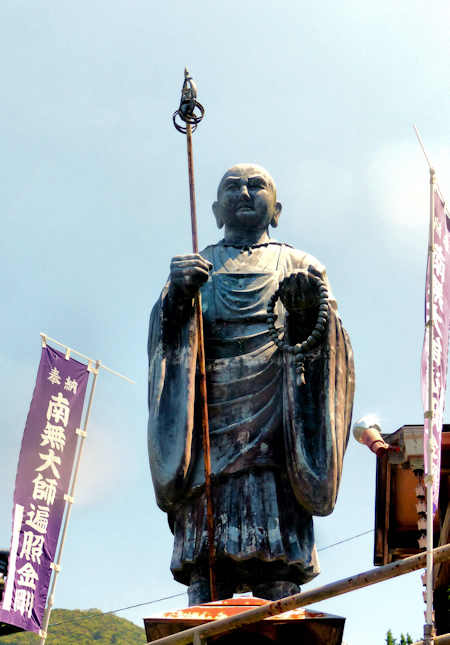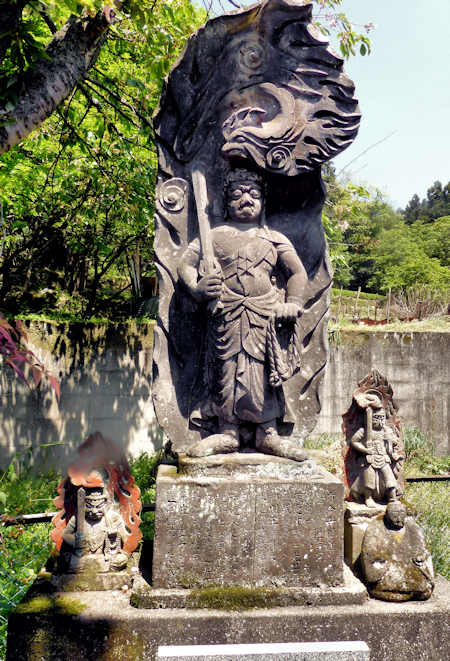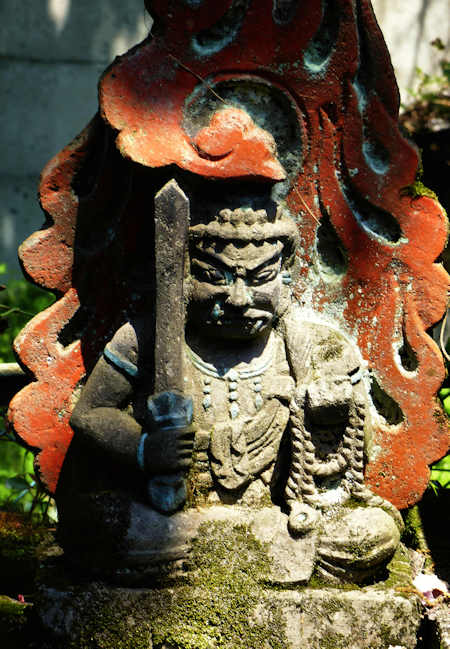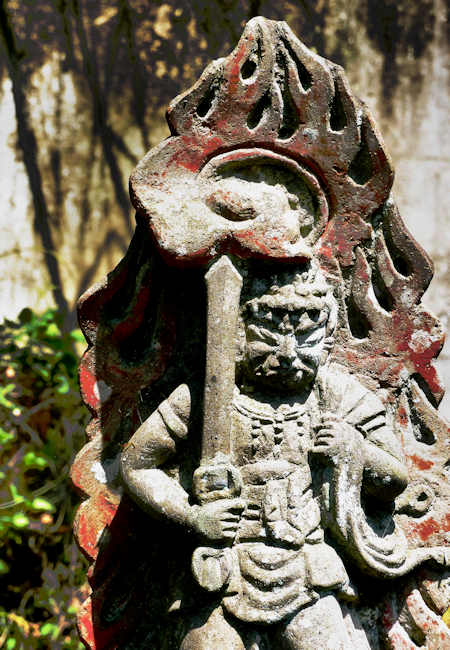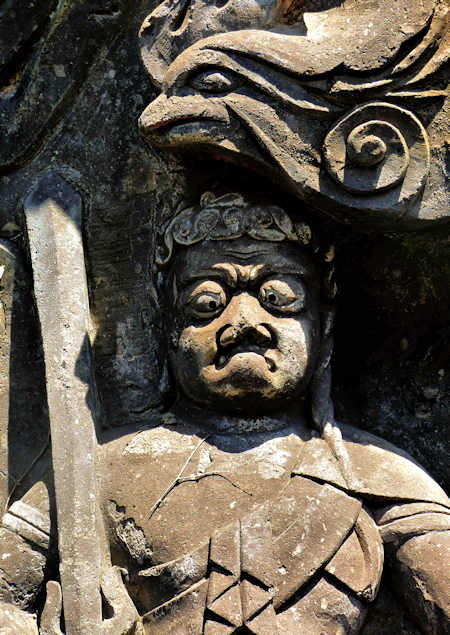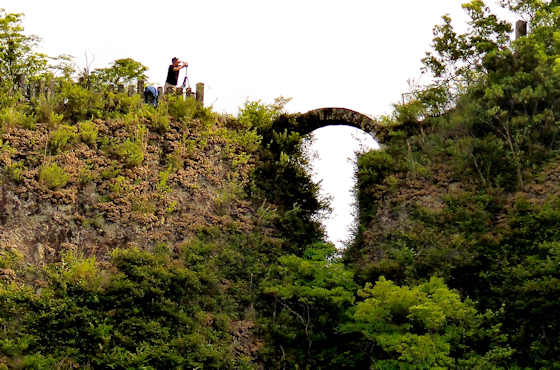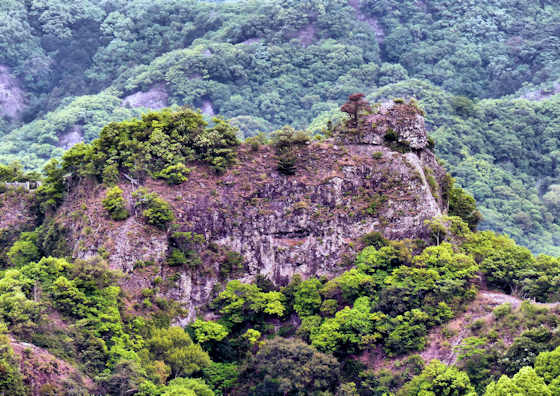Tuesday, May 23, 2023
Worldly Benefits at Tsubakido Temple
Friday, April 7, 2023
Many Fudo Myoo at Tsubakido Henjoin
Tsubakido Henjoin is the collective name for a couple of adjacent temples, Tsubaki Kannon, and Tsubaki Daishi located in the mountains of the remote Kunisaki Peninsula in Oita, Kyushu.
Saturday, February 4, 2023
Shunkoji Temple Kyushu
Shunkoji Temple Kyushu
Shunko-ji is one of a group of three temples adjacent to each other and all known individually as Tsubakidera, or Camelia Temple. They are located in the Kunisaki area of Oita in Kyushu.
Shunkoji, on the left in the top picture, seems to be the original, and there seems to be some antagonism between it and the other two.
All three temples are built on the site that it is said Kobo Daishi visited after coming back from China and then visiting nearby Usa Jingu.
The temple was founded around 320 years ago by the 11th priest of nearby Tennenji Temple. The 10th priest had visited Shikoku and on his return had founded a local 88 temple pilgrimage, the Bungo Ohenro. Curiously the temple across the road is a member of that pilgrimage, and Shunkoji is not.
Shinkoji does have quite a large statue of Kobo Daishi on high ground within the temple grounds. Underneath the statue is a spring said to have been created by Kobo Daishi.
In my previous post, I showed a few of the Fudo statues in Shunkoji and the Kaiun Fudo shrine at the start of the entrance road.
Later I will do a much longer post on the other two temples.
Wednesday, February 1, 2023
Kaiun Fudo Myo & Shunkoji Temple Fudo Myo
Kaiun Fudo Myo & Shunkoji Temple Fudo Myo
Heading down the valley after visiting Mudo-ji Temple in the Kunisaki area of Oita, Kyushu, I stopped at a small roadside shrine with a large Fudo Myo-o statue.
This was Kaiun Fudo Myoo, a Fudo known for changing your fortune and luck to good. My guess is it is a fairly modern statue.
A narrow road leads up a small side valley to a cluster of three temples, one being Shunkoji Temple.
Shunkoji Temple also had numerous Fudo statues.
Though I was walking the Kyushu Fudo Myo Pilgrimage, Shunkoji was not a part of the actual pilgrimage, though the whole area of Kunisaki is an ancient Yamabushi site, so Fudo statues are plentiful.
Shunkoji lays claim to a connection with Kobo Daishi, so in the next post I will explore that connection and the temple.


























